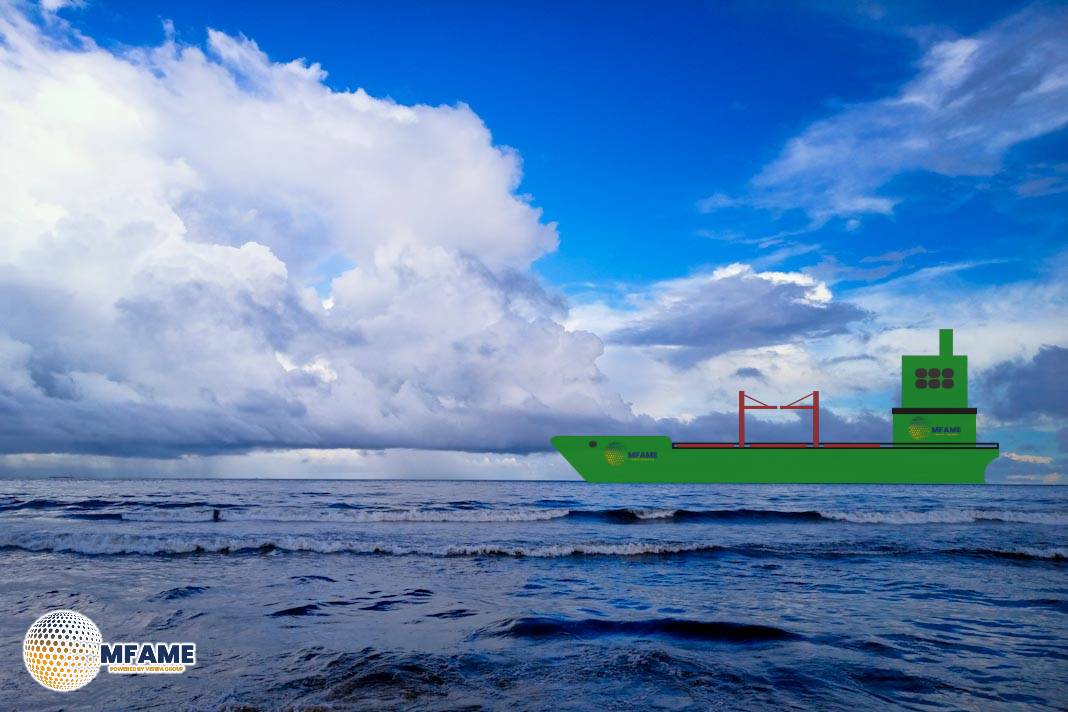Facing pressure to decarbonize, the maritime industry is increasingly looking at ammonia as a potential alternative fuel, as highlighted in LR’s Fuel For Thought Ammonia report. However, there’s a knowledge gap regarding the specific hazards of ammonia, such as its toxicity, flammability, and material incompatibility, and the proper procedures for handling it safely, efficiently, and responsibly, reports Lloyd’s Register.
Preparing a Roadmap
Existing seafarer training frameworks, such as those in the IMO’s STCW Code, are insufficient to address the specific challenges of using ammonia as a fuel. To address this gap, the Mærsk Mc-Kinney Møller Center for Zero Carbon Shipping (MMMCZCS) and The Decarb Hub have published new reports under their “Ammonia as Fuel – Competencies and Training” project, emphasizing the importance of tackling both design and human factor challenges.
These reports provide a roadmap for preparing seafarers for ammonia-fueled ship operations, outlining minimum regulatory requirements, basic and advanced competencies, and role-specific training for both shipboard and shore-based personnel.
During the project, an industry acceptance survey conducted by the MMMCZCS revealed a strong willingness among seafarers to work on ammonia-fueled vessels, contingent upon the availability of thorough training programs.
The project produced three reports: a summary report, a technical report focused on training standards, and another technical report detailing competencies required for various operational, maintenance, and emergency response scenarios.
Importance Of Collaboration
To ensure seafarer safety, shipping companies are encouraged to conduct gap analyses, update their corporate policies, and invest in seafarer upskilling initiatives. Regulators and flag states are also called upon to collaborate and integrate ammonia-related safety measures into global maritime training standards. Training providers are advised to develop transition plans for seafarers and shore-based staff and upgrade their training facilities to include practical ammonia training.
This report, Phase 3 of the partnership, builds upon previous studies addressing vessel design and operations, and human factors considerations for ammonia-fueled vessels.
Alan Jones, Human Safety and Risk Director at The Decarb Hub, emphasized the importance of collaborative action in the maritime industry, stating, “The maritime industry will continually need this type of interactive collaborative action, which clearly provides exceptional outcomes, disseminating unambiguous evidence of how the industry needs to move forward. Leveraging the outputs from the Maritime Just Transition Task Force (MJTTF) is an indication of how industry partners are working towards the same goals to enhance seafarer safety.”
Martin Eriksen, Head of Safety Leadership & Operations at MMMCZCS, highlighted the inadequacy of current seafarer training frameworks for ammonia’s unique safety challenges. He explained, “Current frameworks for seafarer training is a baseline, however insufficient to meet ammonia’s unique safety challenges. The Ammonia as Fuel – Competencies and Training project addresses these gaps. Existing frameworks must incorporate specialised knowledge about the unique characteristics and hazards that accompany this fuel. Understanding their specific chemical and physical properties, handling requirements, safety protocols and emergency response strategies are a few indicative areas for intervention.”
Did you subscribe to our daily Newsletter?
It’s Free Click here to Subscribe!
Source: Lloyd’s Register
























